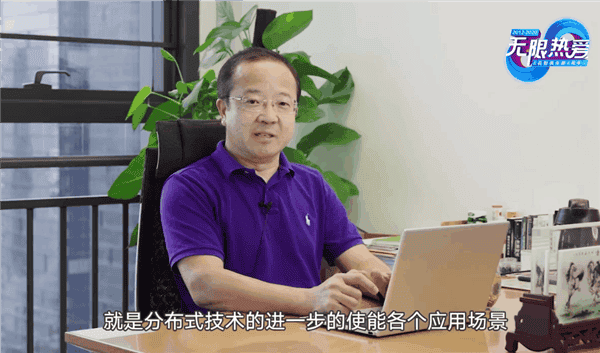Chinese manufacturing giant, Huawei, is currently facing a lot of troubles, especially from the American government. However, the company is still developing and it seems that it is not feeling the effect of the U.S. ban. Over the past eight years, the Chinese manufacturer has been developing the EMUI system. Presently, Huawei EMUI is currently at 10.1. Nevertheless, with the launch of Android 11, it expected that Huawei EMUI 11 will also arrive.

We now have some official information regarding the development of Huawei EMUI 11. According to Wang Chenglu, President of Huawei’s Consumer Business Software Department, the Huawei EMUI 11 will arrive in Q3 2020. This means that we are expecting this new system between July and September this year. Furthermore, he said that the EMUI 11 system will be an advancement of the EMUI 10. Of course, we do not expect the EMUI 11 to be on par with EMUI 10. It should be better and more seamless than its predecessor.

The company says that new features on EMUI 11 as well as compatible models will be announced later. We will keep a tab with Huawei’s pollen club and let you know as we get more information. Interestingly, there are also reports about the Hongmeng OS 2.0. According to reports, Hongmeng OS 2.0 system will arrive at the same time as EMUI 11.
Huawei will also further develop the “Distributed Technology” on the EMUI 11. With EMUI 10, this technology allows the system to support HD video calls among multiple devices. However, there are reports that with EMUI 11, it may be able to connect Huawei watches, tablets, notebooks, TVs, and other devices with different screens. The “Distributed Technology” should bring a seamless multi-screen collaboration.
Huawei EMUI 11 will further develop Huawei Distributed Technology
EMUI realizes cross-device service and migration through meta-capabilities, local virtualization of external device services, and natural perceptual interaction between users and devices. It achieves this through a distributed and integrated information perception platform. Thus, the system builds a distributed multi-device collaboration capabilities.
EMUI’s multi-screen collaboration function actually opens up Windows and Android applicability. It eliminates the barriers between different systems and makes mobile phones a peripheral device for each other to achieve complete integration.
Simply put, the “Distributed Technology” can create a “super device” that allows information to flow seamlessly among multiple terminals. It also creates the ability of each terminal to share mutual assistance and peripherals with each other. This will make it feel like these devices are running on the same terminal for applications.





